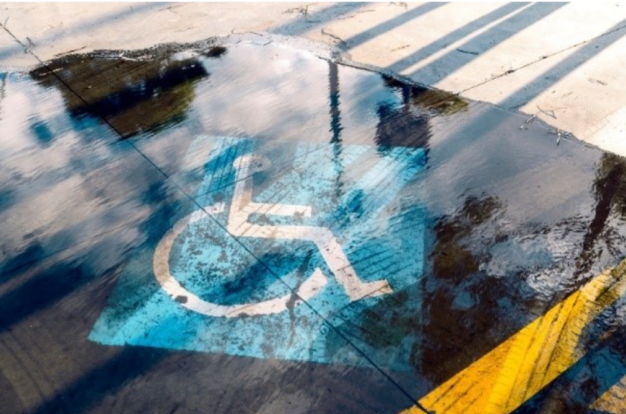Ratification of the Convention on the Rights of Persons with Disabilities (CRPD):
"Yes/No (Year of Ratification)"
- Yes (2008)
Law on persons with disabilities
Additional Laws and Policies relevant to Disability Inclusion
- Constitution 1987
- Revised National Policy on Strengthening the Health and Wellness Program for Persons With Disabilities 2015
- Accessibility Law (BP 344), 1982
- Accessible Polling Places Exclusively for Persons with Disabilities and Senior Citizens (RA 10336), 2012
- Equal Opportunity Employment (RA 10523), 2012
- Executive Order No. 261, 1995
- White Cane Act (RAA 6759), 1989
- Anti-Rape Law (RA 8353), 1997
- Enhanced Basic Education Act/Republic Act No. 10533, 2013
- Early Years Act, 2013
- Republic Act 10905- Closed Captions Option for Television Programs" law, 2016
- Republic Act 11106, Law on the use of Filipino Sign Language (FSL) in education
Related World Bank Projects

Philippines COVID-19 Emergency Response Project - (P173877)
Philippines COVID-19 Emergency Response Project (P173877)
During the COVID-19 pandemic, the World Bank’s response in the Philippines included consultation and feedback from persons with disabilities, as well as the collection of disability-disaggregated data. Throughout the project development cycle, persons with disabilities were identified as a critical group to engage with and organizations of persons with disabilities (OPDs) were consulted. For example, the Environmental and Social Management Framework helped to identify barriers to COVID-19 information and hospitals and formulated possible responses, such as training more health staff, highlighting where accessible services are available, and conducting further assessments to improve accessibility. By identifying specific barriers facing persons with disabilities and consulting with them on possible responses, the Philippines COVID-19 response has been more inclusive of persons with disabilities. The COVID-19 Household Surveys included measures of disability, allowing for disaggregation of data.
This collaborative engagement demonstrated the potential for inclusion in health projects beyond COVID-19. Subsequently, the team has included persons with disabilities in the government’s health facility assessment surveys for vulnerable groups. The results of this survey enables action planning to improve health outcomes for persons with disabilities.







